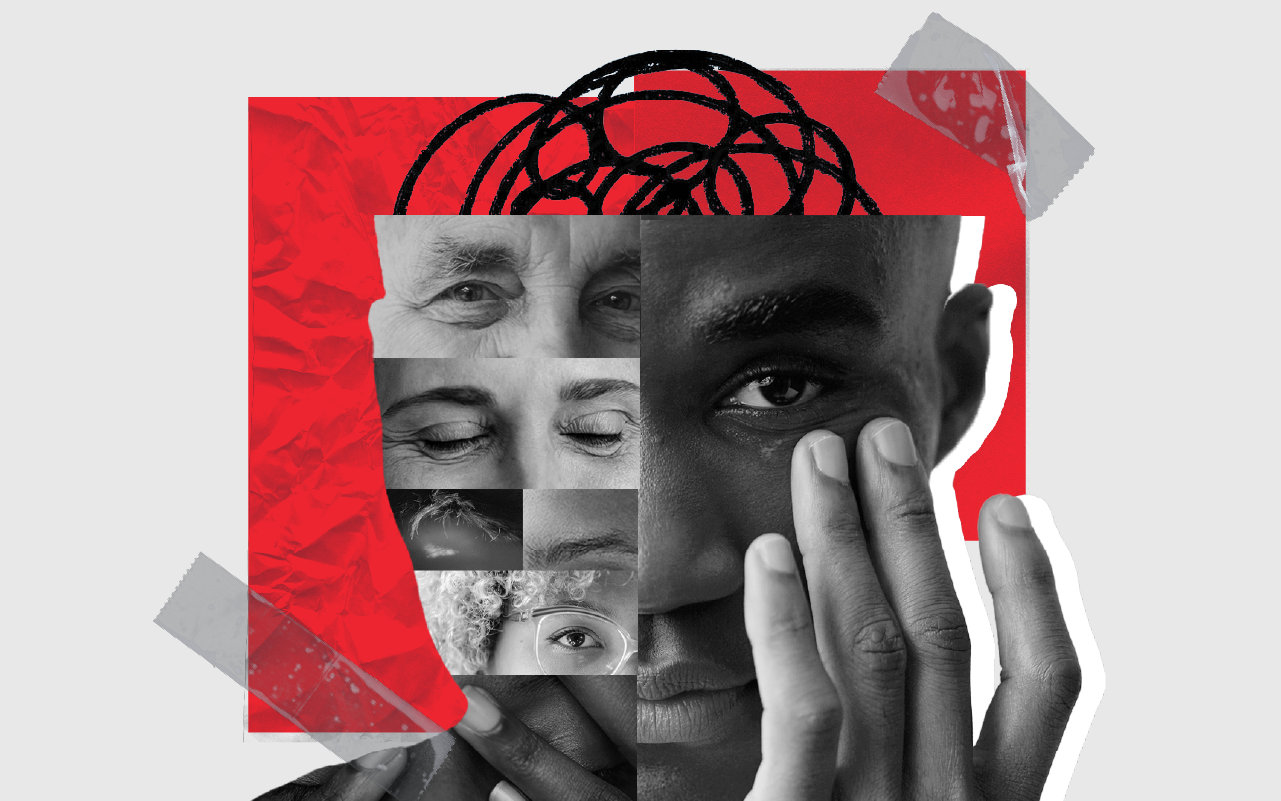Employee Experience, Employee Well-being
When employees feel included, regardless of role level, your organization is more resilient to economic shocks.
The employee experience predicts how your company will perform in a recession.
Great Place To Work® research shows that companies that prioritize the experience of every employee not only avoided the pain of the Great Recession from 2007 to 2009, they actually posted a 14.4% gain in stock performance.
What made the difference? One of the key experiences identified by researchers: Employees were treated as a full member of the team, regardless of their role. When employees felt respected and included, particularly if those employees were members of critical employee groups like frontline workers, women, and people of color, companies were more resilient.
A culture of respect
What’s happening when employees don’t feel valued by the organization? Often, it’s a question of hierarchy.
Do employees at every level of the organization feel they have a voice in its future? Can frontline employees contribute new ideas as easily as backroom managers?
Does every employee, regardless of role, understand the unique value they bring to fulfilling the mission of the organization?
Employees want to know that you value their expertise. That means leaders must not only send the message that every employee plays a critical role in business success, but also use employee feedback to inform their decisions.
When leaders only use one department’s feedback to drive strategic choices, it sends the message that some employees matter more than others.
Here’s what it sounds like when employees don’t feel included:
“I wish upper management would treat everyone equally and fairly. I would like to feel my opinions matter and are important. I want to be a part of the team.”
“I would also love it if we could have more events in the stores that aren't in the major markets ... New York, LA, Chicago always seem to be the stores that have fun customer events. I understand that those are the higher-volume stores, but we should test things out in smaller markets, too!”
“… certain VPs have their special group of people who are given all of the opportunities. If you are not in that group, you will not be considered for any promotions or projects that will provide exposure. The same people over and over are given all the recognition and plum assignments.”
Conversely, when employees feel valued, they are more likely to give extra effort and to innovate. Here’s what it sounds like when employees are valued and celebrated for their unique contributions:
“People here genuinely care about your success. Leaders strive to develop and give feedback on how to prepare for the next level.”
“Everyone is thoughtful and caring. People truly do want the best for others. Leaders actively solicit feedback to do things better, and action the feedback they receive.”
“People, overall, value each other. Management doesn't seem to micro-manage and trusts me to do my job to the best of my ability.”
“I am treated as a person. My opinion counts. My company cares.”
Making employees feel valued
What are the ways great companies ensure their employees feel included and valued? Most organizations heap praise on at least one group of employees.
The true difference is felt when traditionally overlooked roles are also given their shine. At the Fortune 100 Best Companies to Work For®, 90% of employees report being treated as a full member, regardless of role.
Here are some of the practices from companies on this list that ensure everyone feels they have an impact:
1. Find ways for everyone to innovate
The C-suite isn’t the only place to find good ideas. The best companies are those that create opportunities for everyone to innovate, whether that is improving the product, creating more efficient workflows, or delivering better customer service.
At Target, employee ideas have led to more than 40 Target-owned brands, with each product line using customer insights to identify new opportunities. A companywide “Demo Day” also offers employees the chance to present tech-enabled solutions, new products, and enhanced customer experiences.
Crucially, what underpins Target’s call for innovation is an embedded culture of learning. Employees are encouraged to grow their careers, and every job at Target offers development opportunities.
2. Ensure fair pay and benefits across roles
If the receptionist has a different health care plan than your sales reps, you immediately create a divide within the organization. Those who receive less are going to feel less valued by the organization, and they aren’t going to contribute their ideas no matter how many innovation fairs you hold.
A best practice to avoid this disparity is to seek employee input on benefits and total rewards. At CarMax, associates offer feedback in surveys on what benefits are essential for them, and which might not be helping as much. When survey results showed a desire for more niche benefits, CarMax increased its portfolio of voluntary benefits.
Pay equity is another powerful tool for helping employees see how you value their contributions. That doesn’t mean you pay everyone the same across the organization. It does mean you have to clearly identify what skills you value and communicate with employees how they can grow their career.
3. Recognize and celebrate extra effort for all roles
When your organization meets one of its stretch goals, does every employee get rewarded for their contributions?
At Hilcorp Energy Company, the annual bonus plan rewards every employee with the same bonus percentage regardless of position. On top of that, a five-year plan identifies “big, hairy, audacious goals” that the team can achieve. When met, every employee receives a reward, pro-rated by tenure with the organization.
When Hilcorp hit one of its big goals in 2010, every employee was rewarded with $50,000 towards purchasing a dream car. When the team hit another goal in 2015, every employee received $100,000.
The remarkable piece of Hilcorp’s practice isn’t the dollar amount. It’s that every employee gets a share of the remarkable financial rewards generated by the company.
4. Eliminate favoritism and bias
When some employees have an easier time getting attention from top leaders, recognized for their contributions, or promoted into new roles, other employees feel left behind.
To ensure everyone feels like a valued partner in your organization, you have to ensure that promotions are fair, and that employee evaluations follow clearly defined frameworks.
At Protiviti, competencies for each role are clearly defined, and are included in promotions guidelines. Expectations about the required skills to rise to the next level are not only written down, but visible to everyone in the company.
Employees can use this information to guide their learning and development, and these expectations are reinforced in recognition and rewards programs. By clearly setting goals, the company has ensured that when an employee is rewarded, their colleagues can clearly see the merit of the reward.
5. Recognize the human story behind every employee
What does it look like when companies show sincere interest in every employee, regardless of their position in the company?
Start by asking who is invisible in your organization. What kinds of roles rarely get celebrated at company town hall meetings? Who is working in the basement of the building? What names can the CEO easily recall — and what names escape their notice?
To remedy this issue, many organizations are creating programs to share employees’ unique stories. World Wide Technology has created an employee storytelling platform, where anyone can share their story using the medium of their choice. The program is part of World Wide Technology’s intentional effort to help its executive team connect with employees, and sharing these stories is a regular part of executive team meetings.
When you showcase the stories behind your people, you start to appreciate their full value to your organization. It’s often much more than their defined role responsibilities.
Learn about your workforce
Use Certification™ to benchmark the experience of your employees against the best data on workplace culture available.











